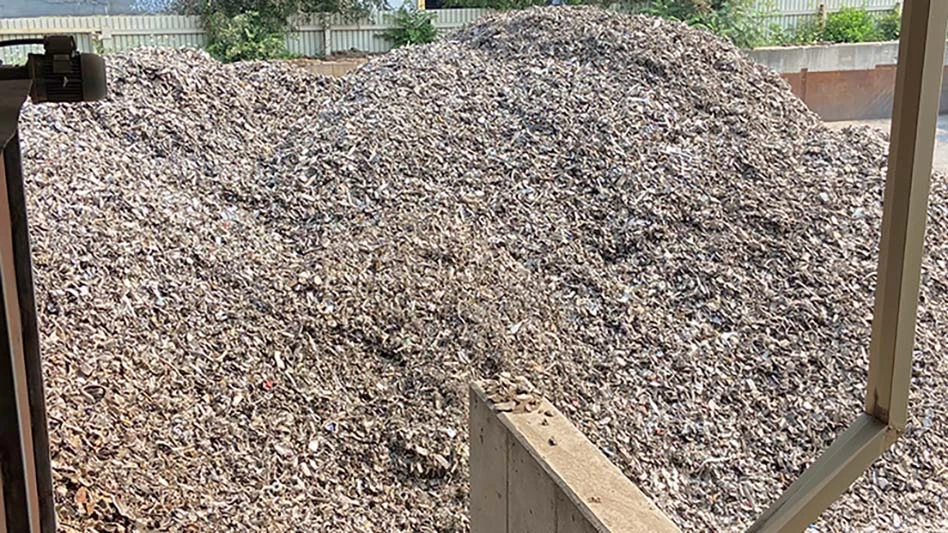The Can Manufacturers Institute, Glass Packaging Institute and National Association for PET Container Resources have released a joint statement supporting improved deposit program design. The associations say deposit systems lead to higher recycling rates, as well as to better quality material.
According to a joint news release, data show a stark contrast between recycling rates in deposit states versus nondeposit states in the country. According to the Container Recycling Institute, in 2018, in the 10 states with deposit systems, recycling rates for polyethylene terephthalate (PET) bottles, glass bottles and aluminum beverage cans were 62 percent, 64 percent and 77 percent, respectively. That’s compared with countrywide recovery rates of 28 percent, 40 percent and 46 percent, respectively.
The organizations also say the increase in deposits can decrease litter, provide more pure material beneficial to each of the industries they represent and produce a resilient supply of material needed to make new beverage containers.
The associations say that an effective, efficient deposit system has these characteristics:
- easy and convenient redemption;
- unredeemed deposits that are used to enhance the recycling system;
- one private sector-led entity to manage the system;
- appropriate deposit values and structure;
- includes all beverage types and containers; and,
- clear deposit markings.
“As beverage container industries supporting a circular economy, we want our containers back,” the joint statement says. “Deposit systems increase collection and recycling of beverage containers, providing a resilient domestic supply chain of high-quality material. Increased recycling of our containers will help the environment and the economy.”
Get curated news on YOUR industry.
Enter your email to receive our newsletters.
Latest from Recycling Today
- Ship dismantlers navigate new regulatory regimen
- Gershow announces several community involvement projects
- McKinsey identifies engineering polymers as a recycling opportunity
- Metso acquisition focuses on mill liner recycling
- Malaysian customs office seizes scrap containers
- Lindner establishes Brazil subsidiary
- Tire recycling veteran predicts growth in pyrolysis
- ShearCore adds FC95 to concrete processor line






